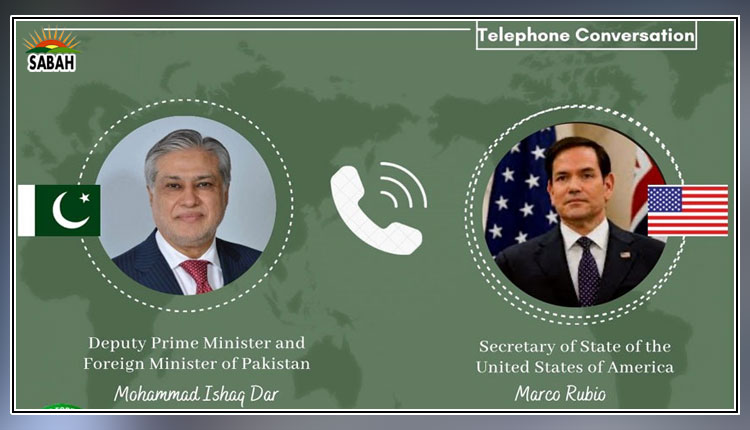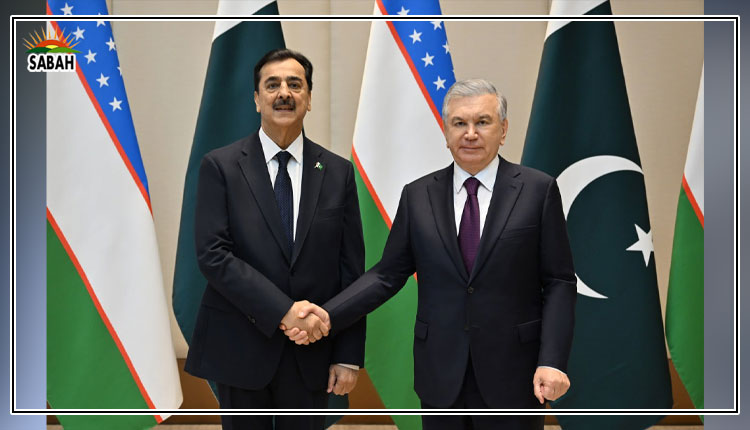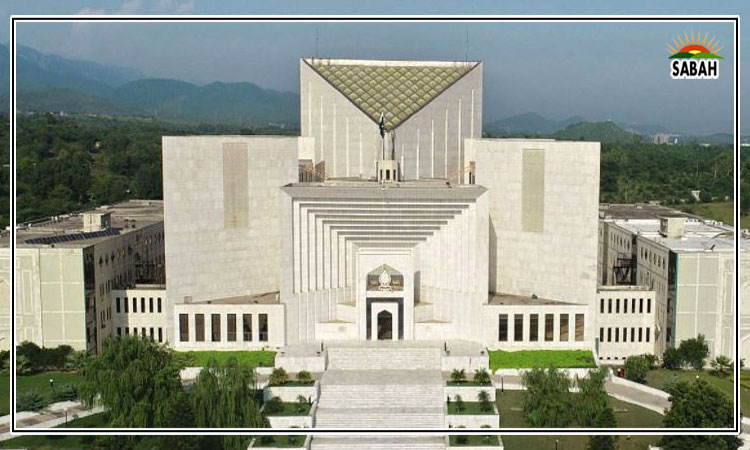The debate around Wakhan corridor … Dr Moonis Ahmar
A narrow strip, 350 km long and 34 km wide, located at very end of Afghanistan’s Badakhshan province, Wakhan corridor is a legacy of 1893 Durand Line agreement drawn during the British era in order to create a buffer between Russian and British empires. With Tajikistan located in the north, Pakistan in the south and China in extreme east, Wakhan corridor has recently emerged as a regional flashpoint.
Having a population of hardly 12,000 people but with enormous significance, Wakhan corridor is the only geographical impediment to establishing a direct link between Pakistan and Central Asia. The reports of growing cross-border infiltration from Afghanistan into Pakistan from Wakhan corridor has triggered a debate about Pakistan annexing the corridor not just to curb the infiltration but also to secure a direct link with Central Asia.
Why didn’t the idea, although superficial, of Pakistan’s annexation of Wakhan corridor didn’t come up earlier particularly when Afghanistan had, after the partition of the Indian subcontinent, challenged the Durand Line? Or when Afghanistan was in a state of civil war during 1990s?
Let’s to analyse the possibilities of annexation of Wakhan corridor as well as Pakistan’s capability to do so.
Tajikistan and China are the two neighbours of Afghanistan which share the tail of Wakhan corridor. Without their consent and support, Pakistan’s ostensible ambition cannot translate into reality. Yet, it is argued that when Israel can occupy Golan Heights and East Jerusalem while controlling Gaza and West Bank and India can occupy the Valley of Kashmir, why can’t Pakistan take steps to control Wakhan corridor?
The fact is that the Taliban regime would vehemently resist any such move which also carries legal consequences. Furthermore, only an economically strong and politically stable Pakistan actually stands a chance to physically connect with Central Asia by way of annexing Wakhan corridor.
This is the second time that Pakistan’s expectations of the Afghan Taliban have fallen flat. The first Taliban government (1996-2001) had diplomatic relations with Pakistan, Saudi Arabia and the UAE that only lasted till the 9/11 eve. Even then, the Taliban regime of Mullah Omar, despite perceived rapport with Pakistan, had refused to grant recognition to Durand Line. The incumbent Taliban government (from August 2021 till today) is not fully recognised by any member of the UN, including Pakistan. China, Russia, Pakistan, India and a few other countries do maintain some sort of trade, commercial, political and security ties with Taliban 2.0, but they do not have full-fledged diplomatic relations with them.
Unlike 1996-2001 when the then Taliban regime had relatively friendly ties with Pakistan, Taliban 2.0 is hostile and antagonistic towards Pakistan to an extent that over the last three years, scores of cross-border attacks from Afghanistan have taken place inside Pakistan, with TTP perceived to be acting as a proxy of Kabul regime. From 2001 till 2021 when Hamid Karzai and Ashraf Ghani were leading the Afghan government, Pakistan used to accuse Kabul of facilitating acts of terrorism inside Pakistan being carried out by India’s RAW. This time, Indian influence in Afghanistan, unlike in the past, is marginal. Even then things are not favourbale for Pakistan after the August 2021 takeover of Afghanistan by the Taliban. Pakistan’s aerial attacks on “border areas” targeting TTP hideouts have strained the Pak-Afghan ties.
The recent debate in Pakistan and elsewhere about the annexation of strategically significant Wakhan corridor needs to be examined from three angles.
First, Pakistan is perceived to get hold of the tail of Afghanistan known as Wakhan corridor in order to use it as a bargaining tool with Kabul for stopping cross-border attacks and seeking Afghanistan’s recognition of Durand Line. Pakistan’s two-pronged strategy to deal with Afghanistan may yield positive results if Islamabad is able to successfully get hold of Wakhan corridor. It is too early to predict the will, determination and capability of Pakistan to transform its perceived ambition into reality and how the world would react to such a move.
Second, even before Pakistan has taken the first step to control Wakhan corridor, India has begun to raise a hue and cry that challenging Afghan sovereignty would be counter-productive and destabilise the region. A write-up in India Today under the title ‘Wakhan: The Corridor of Complication between Taliban, Pakistan and China’, says: “With growing Chinese concerns over radicalization among Uyghurs in its western region and rise of Taliban in its neighborhood, the visual evidence of Pakistan made border markings being taken down by the Taliban raises questions about the future of the narrow corridor. Reports suggested that the Pakistani army had occupied close to 400 meters of land inside Afghanistan’s territory, including a small river, a charge later denied by the Taliban regime.” India has an age-old claim over Gilgit-Baltistan and its fear that Pakistan may occupy Wakhan corridor taking advantage of instability in Afghanistan and a go-ahead from China and Tajikistan would certainly put New Delhi in a quandary. Indian Minister of Home Affairs Raj Nath Singh has long been warning Pakistan against sneaking into G-B. India’s so-called ambition to get hold of G-B may be a fantasy but recent reports concerning Pakistan and Wakhan corridor cannot go unnoticed in New Delhi.
Finally, some quarters in Pakistan are in favour of annexation of Afghanistan’s tail end in order to connect with Central Asia. In an article ‘Strategic Importance of Wakhan Corridor for Pakistan: A gate way to Central Asia and China’ that appeared in The Friday Times issue of January 8, 2025, Talat Maqbool writes: “Despite its isolation, the Wakhan Border holds significant importance, both historically and in contemporary geopolitics, influencing not just Afghanistan and Pakistan, but also China and other regional players. A major interest for Pakistan in the Wakhan Border lies in its access to Central Asia. Currently, Pakistan’s trade relations with the landlocked countries of Central Asia are limited, largely due to geographic challenges and political barriers. The Wakhan Corridor could serve as an alternative trade route, helping create new economic opportunities for Pakistan.”
Let’s see how things are unfold on the debate over Wakhan corridor.
Courtesy Express Tribune












